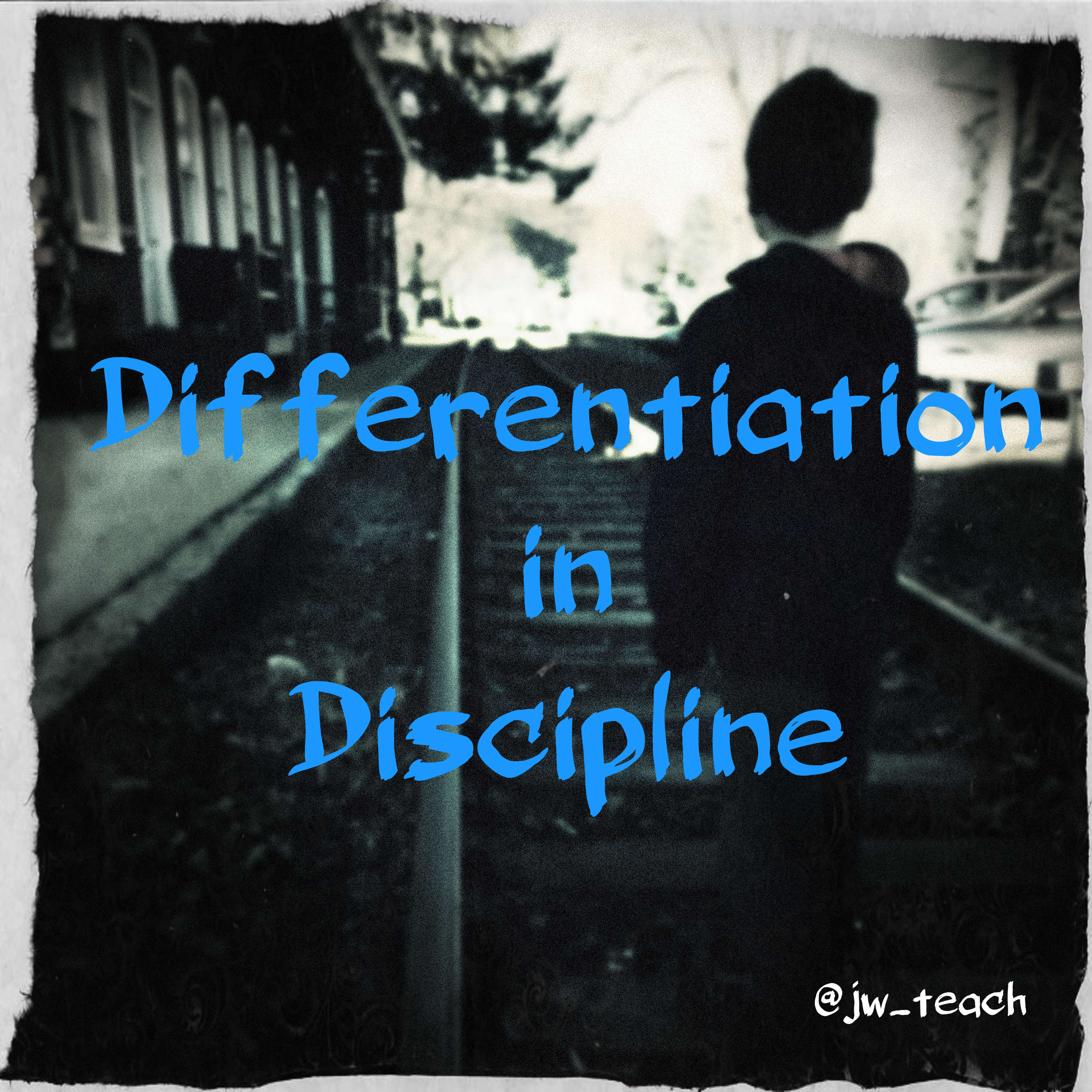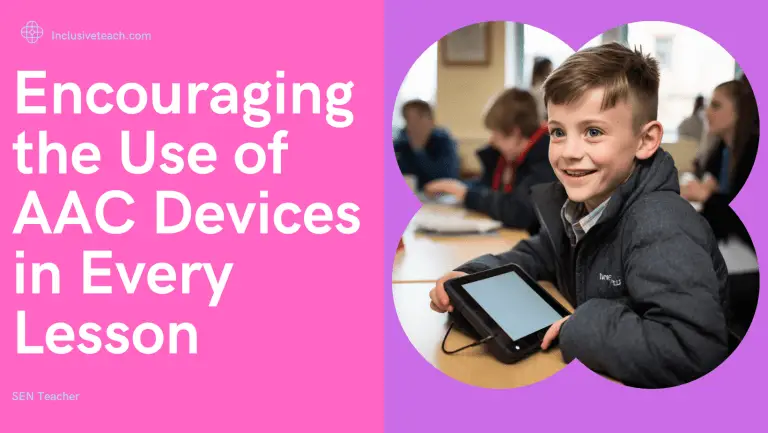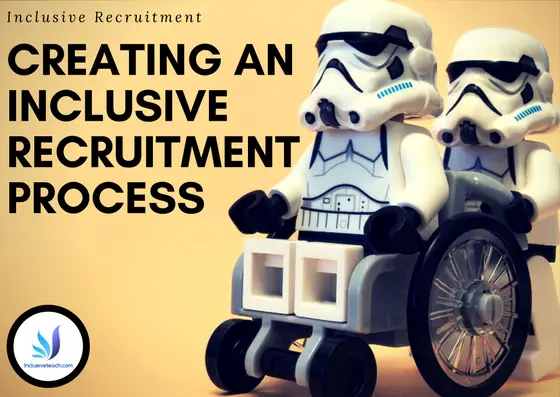Teaching Self-Advocacy For Students with SEMH
Self-Advocacy Through Communicating Needs.
Children can experience social, emotional, and mental health (SEMH) issues at any stage of development. These challenges can stem from specific life events, like bereavement, trauma, illness, family stresses, or bullying. In other cases, the underlying causes may relate to longer-term factors such as learning difficulties, challenges with social skills, prolonged family disruption, or conditions like autism or attention deficit hyperactivity disorder (ADHD).
The manifestations of a child’s difficulties can vary in their intensity, frequency, and duration. Problems may range from decreases in emotional resilience seen through withdrawal or anxiety about school to outward expressions of stress through tearfulness, refusal to engage in learning, or self-harming behaviours.
To support children’s well-being and learning, all educational environments should be attuned to students’ social and emotional needs. To start to provide ownership and control over their lives children with SEMH need to become effective self-advocates.

What is Self Advocacy?
Self-Advocacy is an important skill that empowers individuals to represent themselves, express their needs, and make informed decisions. It involves understanding and asserting one’s rights, while advocating for what is fair and just. Self-Advocacy is not only crucial in personal matters but also in professional settings, educational environments, and various social contexts.
At its core, self-advocacy is about confidently and effectively communicating one’s thoughts, feelings, and desires. It entails assertiveness, self-confidence, and the ability to articulate one’s ideas and concerns clearly. Through self-advocacy, individuals can assert their boundaries, seek support, and actively participate in decision-making processes that impact their lives.
Self-Advocacy skills are particularly crucial for individuals with SEMH, as they often face unique challenges and barriers that may hinder their ability to be understood by unfamiliar people. By developing self-advocacy skills, individuals can start to make themselves understood, this will improve how people react to them.
How Do we Enhance a Child’s Self-Advocacy Skills?
Self-Advocacy is a lifelong skill that empowers individuals to navigate through the complexities of life, assert their rights, and actively shape their own paths.
Encouraging self-advocacy in students with SEMH needs involves teaching them to understand their strengths and challenges, communicate their needs effectively, and actively participate in decision-making processes related to their education. Here are some evidence-based strategies to promote self-advocacy:
- Strengths-based approach: Focus on students’ strengths and abilities rather than their deficits. Help them identify their unique skills and talents, and encourage them to build on these strengths.
- Self-awareness activities: Engage students in activities that promote self-awareness, such as journaling, self-reflection exercises, and discussions about their feelings, thoughts, and experiences.
- Goal setting: Teach students to set realistic, achievable goals for themselves, and guide them in developing action plans to reach these goals. Regularly review and adjust goals as needed.
- Teach communication skills: Provide explicit instruction in effective communication strategies, such as active listening, assertiveness, and conflict resolution. Role-play scenarios can be helpful for practicing these skills.
- IEP/ISP involvement: Encourage students to actively participate in the development and review of their Individualised Education Plan (IEP) or Individualised Support Plan (ISP). This can help them better understand their needs and the accommodations and supports available to them.
- Decision-making skills: Teach students to weigh the pros and cons of different options, consider potential consequences, and make informed decisions. This can be practiced through problem-solving activities and real-life scenarios.
- Peer mentoring: Pair students with SEMH needs with peer mentors who can model self-advocacy skills and provide support and encouragement.
- Parent/guardian involvement: Collaborate with parents/guardians to reinforce self-advocacy skills at home and ensure a consistent approach across settings.
- Teach students about their rights: Educate students about their legal rights and protections under relevant laws, such as the Individuals with Disabilities Education Act (IDEA) or Section 504 of the Rehabilitation Act.
- Encourage self-monitoring: Teach students to monitor their own progress and self-evaluate their performance. This can help them recognize when they need additional support or accommodations.
By implementing these evidence-based strategies, educators can empower students with SEMH needs to become effective self-advocates, which can lead to increased independence, self-confidence, and academic success.
Teaching Decision Making skills to Improve Self-Advocacy
Here are some learning activities to teach decision-making skills to students with social-emotional needs. The idea of this is to reduce frustration and responding impulsively. To be able to problem solve and make measured choices/decisions will help them to advocate for themselves:
- Pros and Cons List: Present students with a scenario or decision they might face in their daily lives. Have them create a list of pros and cons for each option, and then discuss their findings as a class or in small groups.
- Role-Playing: Create various real-life scenarios that require decision-making, such as resolving a conflict with a friend or choosing between two after-school activities. Have students role-play these situations, taking turns to act out different roles and practice making decisions.
- Decision-Making Tree: Teach students how to create a decision-making tree, which visually represents the possible options, consequences, and outcomes of a decision. Provide a scenario and guide them through the process of creating their own decision-making tree.
- “What Would You Do?”: Present students with age-appropriate ethical dilemmas or challenging situations. Encourage them to discuss their thoughts and reasoning behind their decisions. This can be done as a whole class, in small groups, or as a written reflection.
- Group Problem Solving: Divide students into small groups and give each group a problem to solve. Encourage them to work together to weigh the options, consider the consequences, and make a decision as a team.
- Decision-Making Journal: Have students keep a journal where they record and reflect on the decisions they make in their daily lives. Encourage them to analyze the factors that influenced their choices and the outcomes of their decisions.
- Case Studies: Use age-appropriate case studies to explore real-life examples of decision-making. Discuss the choices made by the individuals involved, the consequences of their decisions, and alternative options they could have considered.
- Voting and Consensus Building: Teach students about the process of voting and reaching a consensus. Present a decision that needs to be made as a class, and guide students through the process of discussing options, voting, and coming to a consensus.
- Goal Setting and Decision-Making: Help students set personal goals and then guide them through the process of making decisions related to achieving those goals. This can include decisions about time management, prioritising tasks, and seeking support when needed.
- Decision-Making Games: Use games and activities that require decision-making skills, such as “Would You Rather?” or board games that involve strategy and planning.
These learning activities can help students with social-emotional needs develop their decision-making skills. The ideas in this post are informed in part by the contents of the article below.
Further Reading About Self-Advocacy and SEMH
Carroll, C., & Hurry, J. (2018). Supporting pupils in school with social, emotional and mental health needs: a scoping review of the literature. Emotional and Behavioural Difficulties, 23, 310 – 325. Accessed Online April 2023







One Comment